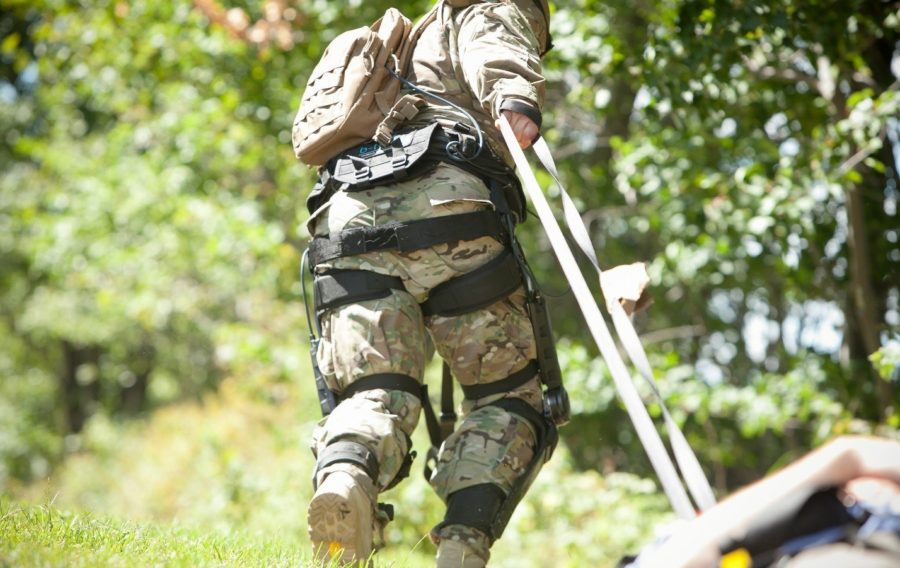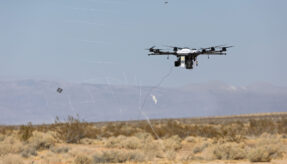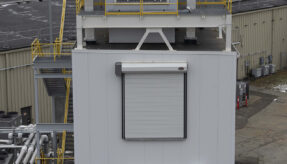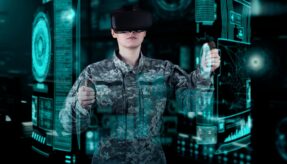
Lockheed Martin has licensed the bionic augmentation technology Dermoskeleton™ from B-Temia Inc, in order to progress its research and product development for industrial and military exoskeletons.
The licence will allow Lockheed Martin to pursue the technology for military, industrial, commercial and first-responder applications.
The Dermoskeleton will give increased mobility and load-carrying capacity to troops by counteracting overstress on the lower back and legs. Lockheed Martin’s technology license permits use of B-Temia technology to products for military, industrial, commercial and first-responder applications.
“This technology offers a pathway to increased loadbearing and greater agility for our FORTIS industrial exoskeleton,” said Glenn Kuller, Advanced and Special Programs vice president at Lockheed Martin Missiles and Fire Control. “It can also help to solve existing limitations of powered exoskeletons for our military and first responders. We’re excited about the potential we see here.”
“This agreement confirms our company’s technology leadership and value of our work in increasing human mobility in both industrial and defense applications,” said B-Temia President and CEO Stéphane Bédard. “Our arrangement with Lockheed Martin provides another avenue for our bionic technology to enhance human performance.”
The FORTIS exoskeleton is an unpowered, lightweight exoskeleton that increases an operator’s strength and endurance by transferring the weight of heavy loads from the operator’s body directly to the ground through a series of joints at the hips, knees and ankles.
If you would like to join our community and read more articles like this then please click here








